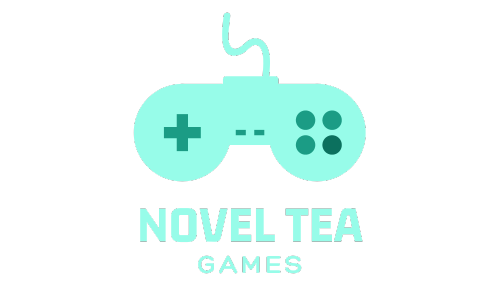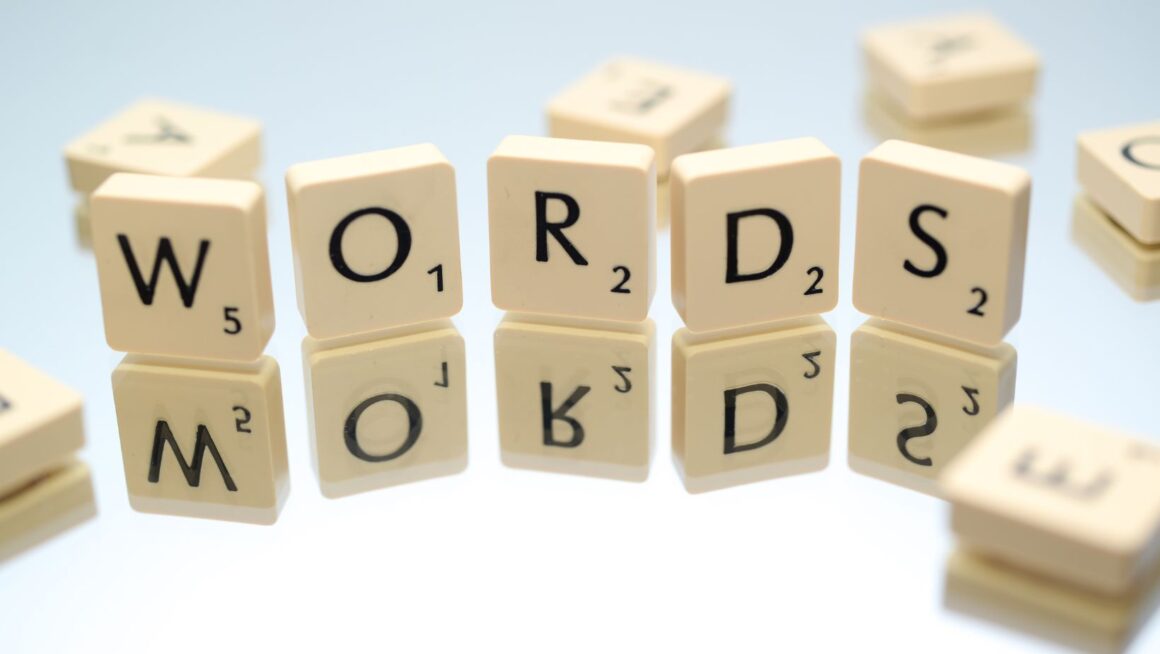Tetris, the iconic puzzle game that’s captivated players since the 1980s, isn’t just about stacking blocks to clear lines. It’s a battle of strategy, speed, and knowing your pieces inside out. But did you know each Tetris block has its own name? That’s right, those colorful shapes you’ve been rotating and dropping for years aren’t just random designs; they’re unique pieces with identities that can make or break your game.
Understanding the Tetris block names is more than a trivia fact; it’s a game-changer. It allows players to communicate strategies, share tips, and enhance their gameplay.
Tetris Block Names
In the realm of Tetris, each block’s name carries significance for strategies and gameplay improvement. Familiarizing oneself with Tetris block names is not just a step towards mastery but also a way to enhance communication with fellow players. Here we’ll delve into the names and strategies associated with the “T”, “L”, and “J” blocks, which are pivotal for crafting an expert game plan.
“T” Block
The “T” Block, recognizable by its shape resembling the letter “T”, is amongst the most versatile pieces in Tetris. Key to T-Spins and other advanced maneuvers, mastering the placement of the “T” Block can dramatically improve a player’s game. Whether it’s fitting into tight spaces or clearing multiple lines, the “T” Block’s ability to rotate and snugly fit into nooks makes it a favorite for both beginners and seasoned players alike.

“L” Block
Similarly, the “L” Block is an essential component of the Tetris arsenal. Shaped like the letter “L”, this block is indispensable for filling in corners and gaps that other pieces might not address efficiently. Its utility extends beyond mere space-filling; with strategic rotation and placement, the “L” Block helps clear lines effectively, making it a valuable tool for maintaining a clean playfield and setting up for high-scoring moves.
“J” Block
The counterpart to the “L” Block, the “J” Block, mirrors its utility but in the opposite orientation. Its shape resembles a backward “L”, providing the same corner-fitting and gap-filling capabilities but from a different approach. Employing the “J” Block effectively requires understanding its unique orientation, allowing players to exploit spaces that other blocks cannot resolve. Like the “L” Block, mastering the “J” Block’s placement is crucial for optimizing line clears and maintaining a tidy game area.
Understanding the roles and strategies associated with these Tetris block names not only elevates a player’s skill level but also enriches their enjoyment of the game. Mastery over these three blocks—the “T”, “L”, and “J”—paves the way for tackling more complex strategies and carving a path towards Tetris expertise.

Unique Tetris Block Names
“Z” Block
In the diverse universe of Tetris block names, the “Z” block stands out due to its distinct shape and strategic applications. Shaped like the letter Z, this block consists of two horizontal segments connected at a right angle, creating a unique pattern that requires precise placement. Players often use the “Z” block for slotting into spaces that other blocks can’t fill, making it a critical piece for optimizing game play. Its mirror counterpart, the “S” block, complements it in gameplay, allowing for symmetrical strategy implementation.
“S” Block
Mirroring the “Z” block, the “S” block is another pivotal piece in the Tetris arsenal. Its shape, resembling a backward Z, offers complementary gameplay opportunities. Mastering the “S” Block involves understanding its unique rotation and placement options, especially in tight spaces and during high-speed levels. When properly placed, the “S” block can be a game-changer, enabling lines to be cleared more efficiently and creating opportunities for scoring combos and Tetris clears.
“O” Block
The “O” block, often referred to as the square block due to its shape, is the epitome of simplicity yet pivotal in the realm of Tetris. Unlike other Tetris blocks, the “O” block does not rotate due to its symmetrical nature. This characteristic makes it a double-edged sword—easy to place but challenging to utilize without creating gaps. Effective use of the “O” block requires foresight and strategic planning, to ensure it doesn’t hinder the potential for clearing multiple lines. Mastery of the “O” block’s placement can significantly impact a player’s ability to maintain a clean game area and set up for scoring opportunities.


